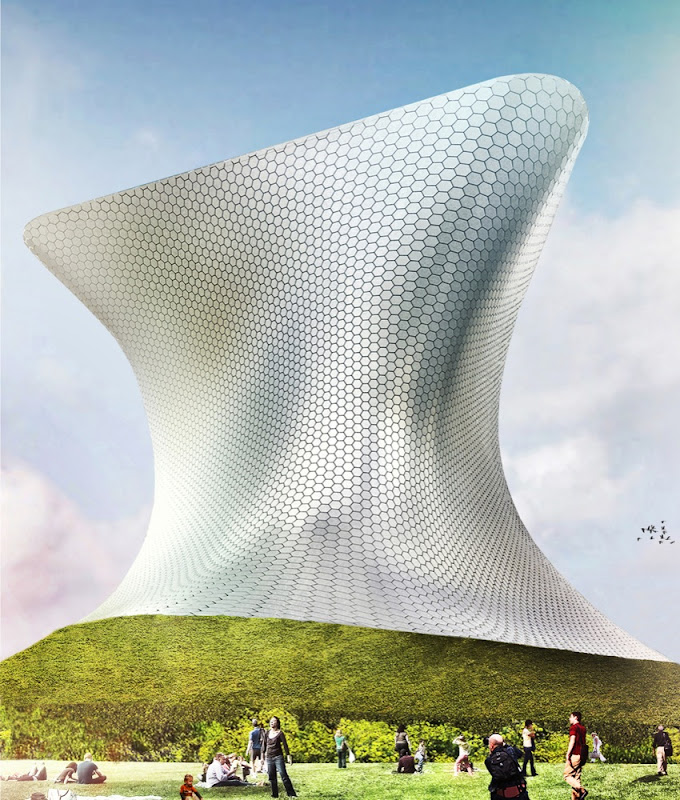
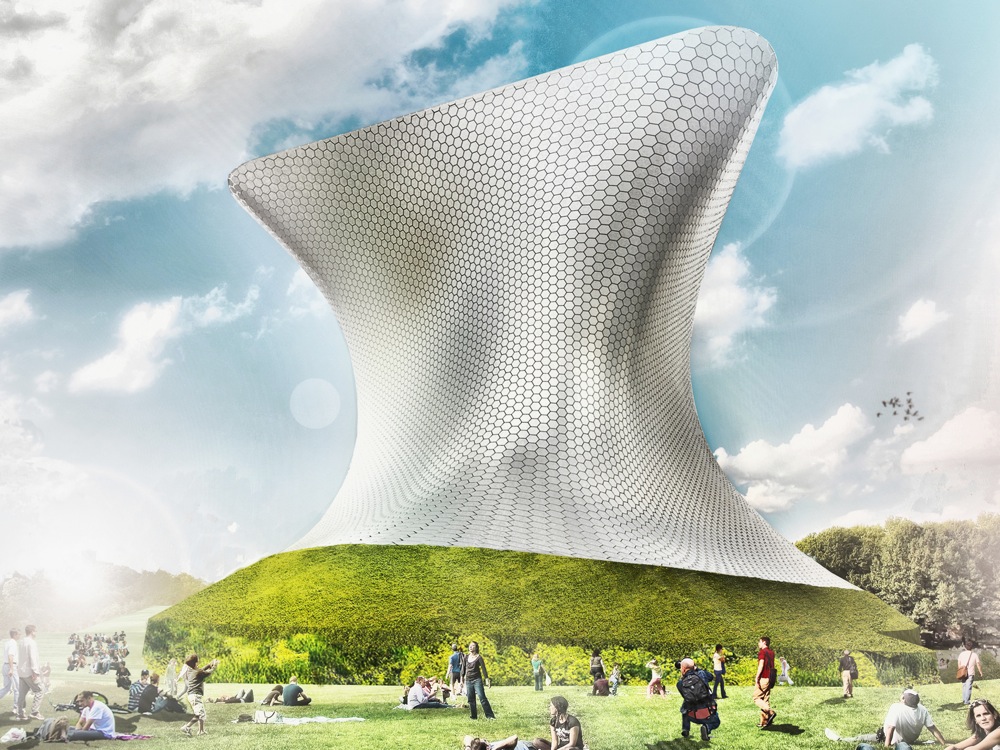

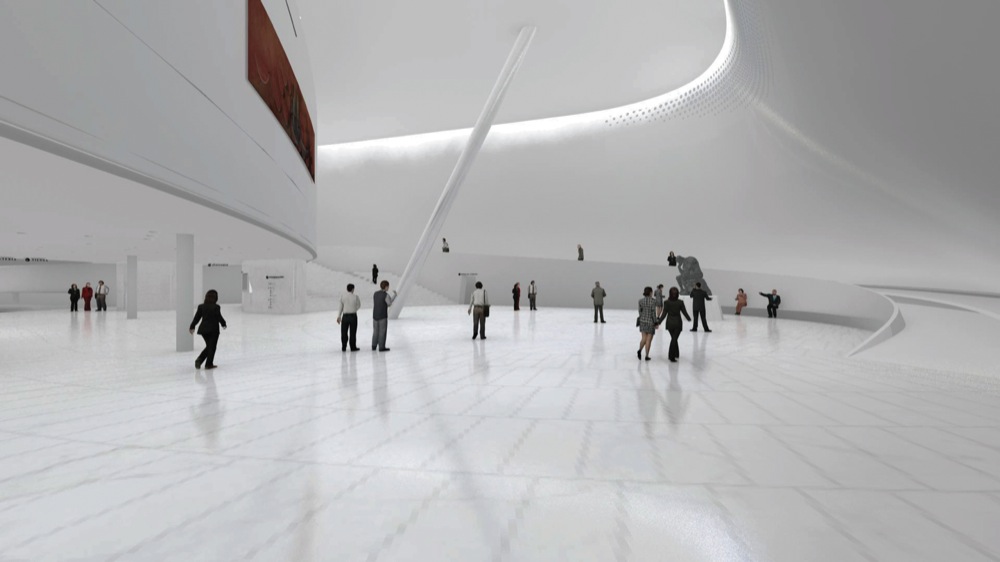
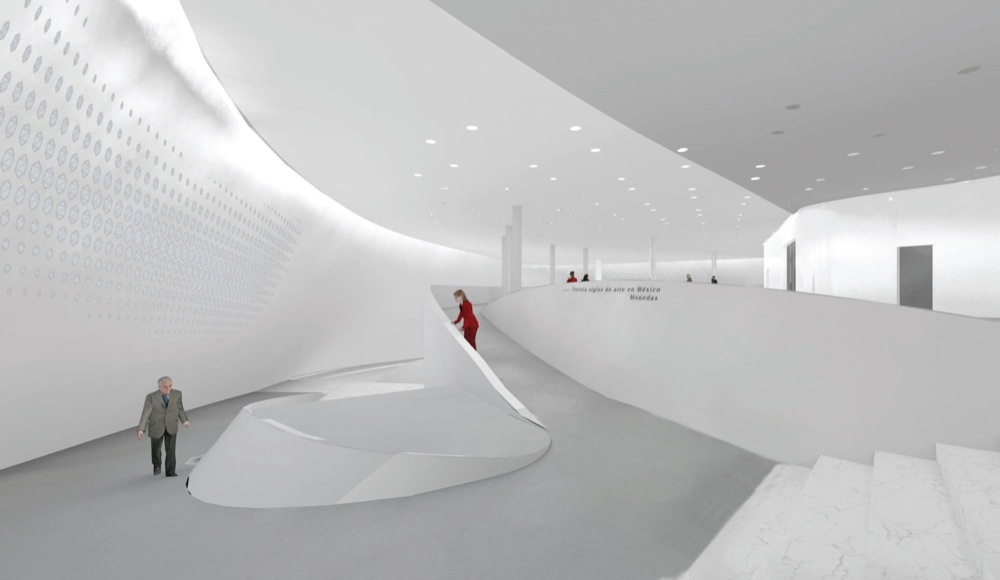
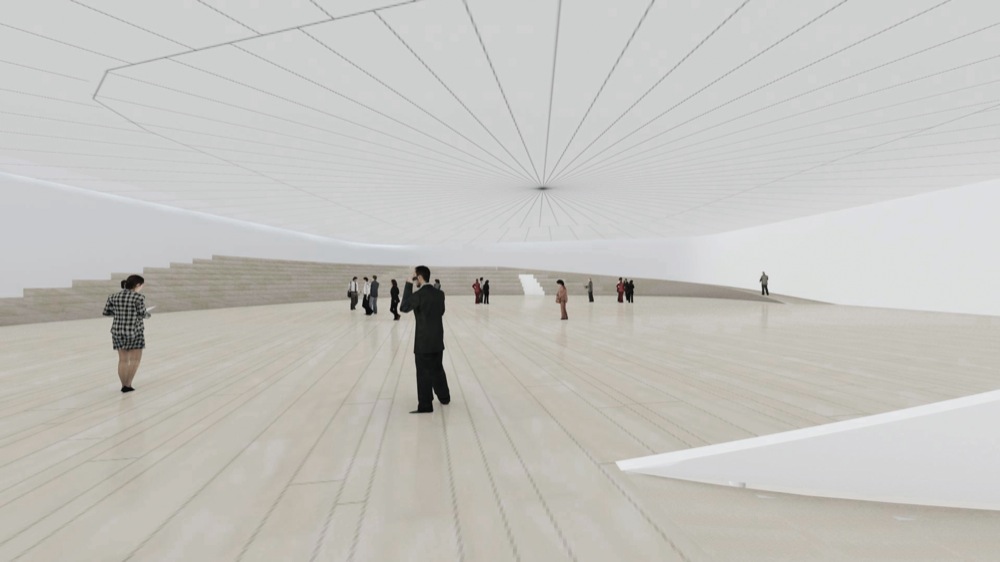
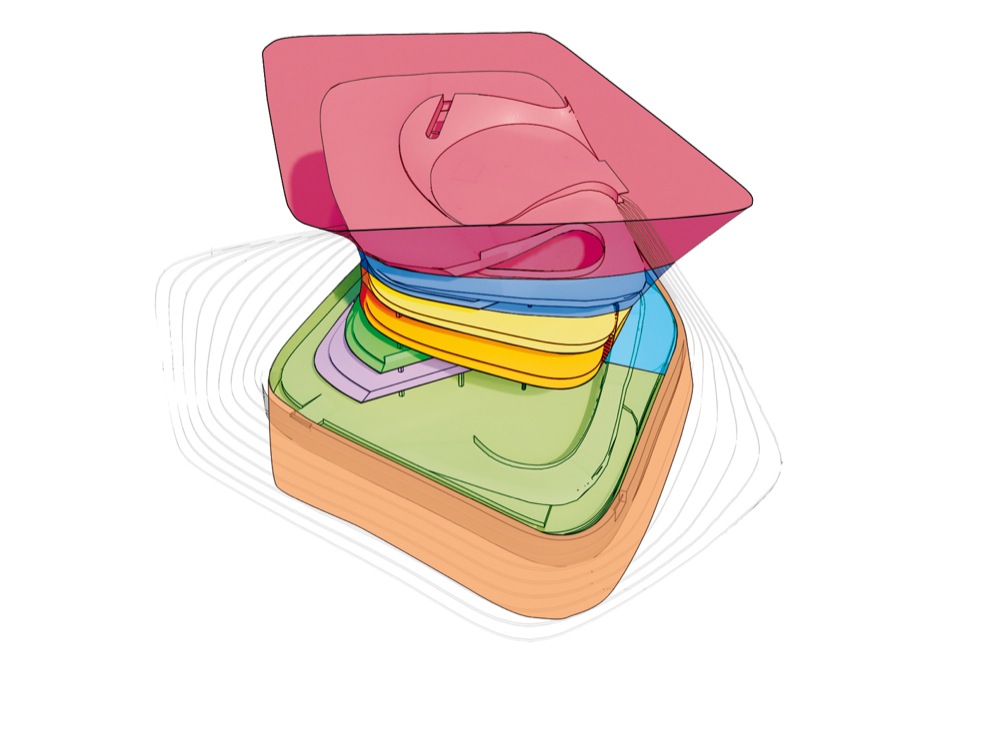

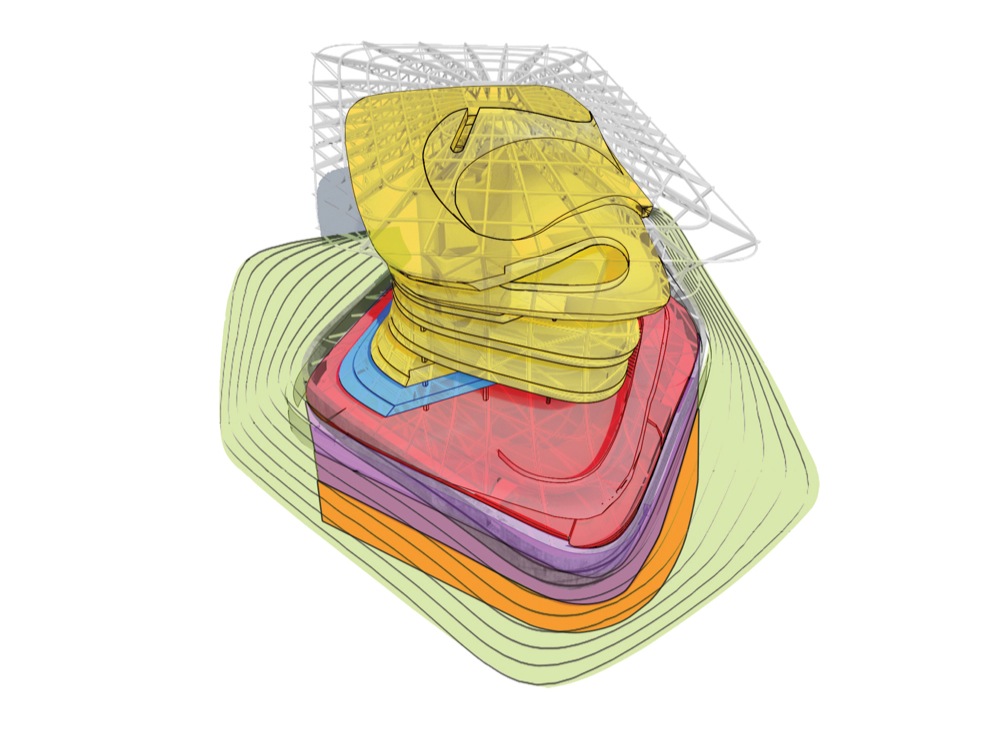


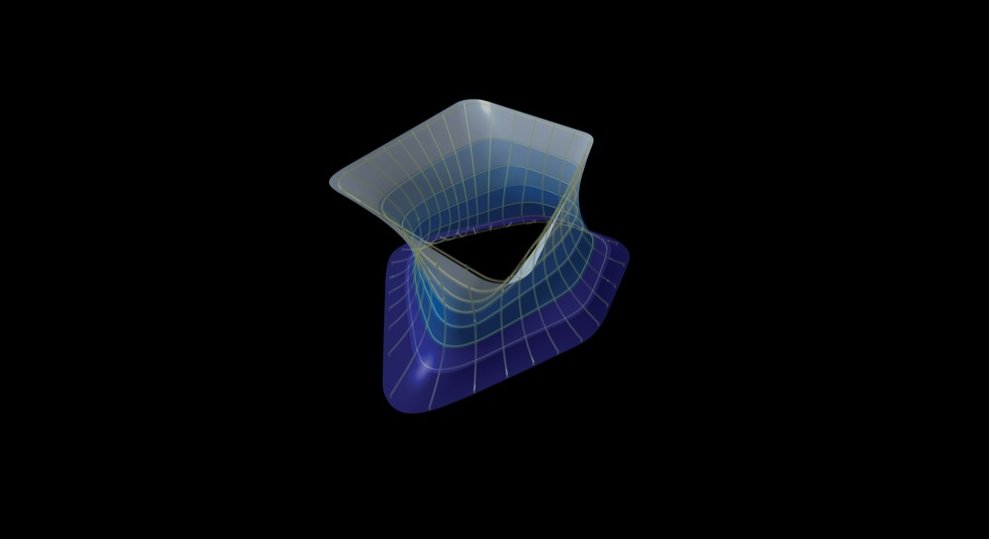

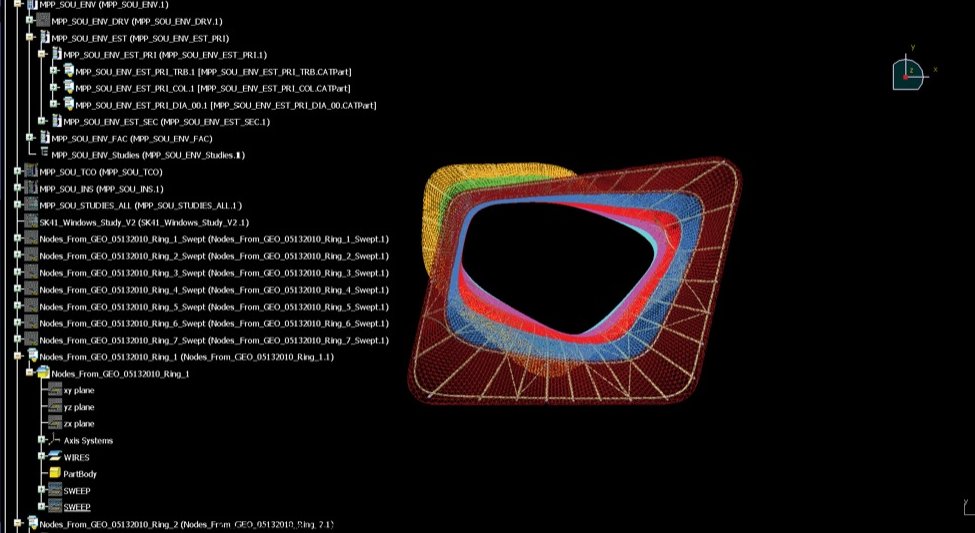

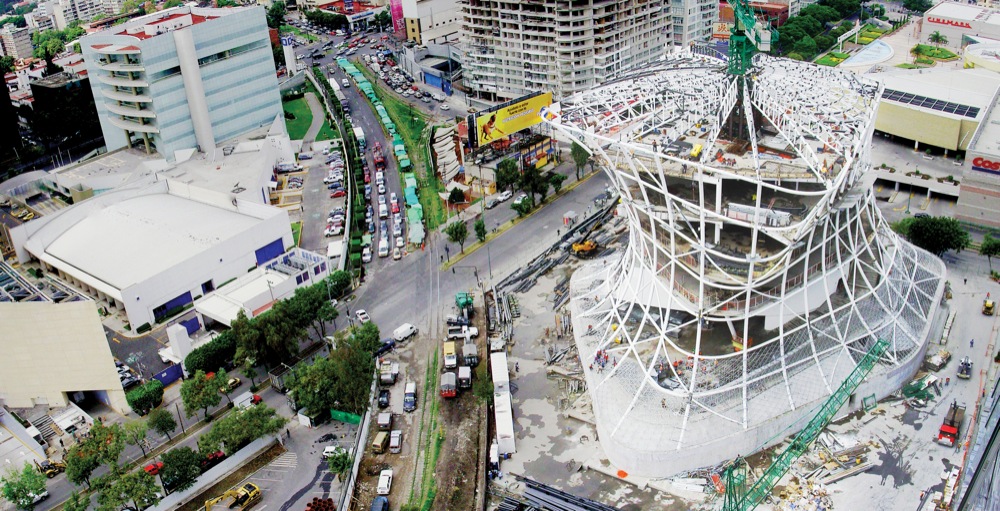
 Architects: LAR / Fernando Romero y Mauricio Ceballos Location: Mexico City, Mexico Project Team: Ana Medina, Herminio Gonzalez, Omar Gerala Félix, Sergio Rebelo, Ana Paula Herrera, Mario Mora, Juan Pedro López, Guillermo Mena, Libia Castilla, Raúl García, Manuel Díaz, Alan Aurioles, Ana Gabriela Alcocer, Luis Ricardo García, Ivan Ortiz, Tiago Pinto, Laura Dominguez, Juan Andres Lopez, Olga Gomez, Hugo Fernandez, Jason Sidelko, Eddy Slim, Nicola, Davolio, Lee Warren, Alexander Pena, Jacqueline Hernan- dez, Kosuke Osawa, Francisco Javier de la Vega, David Hernandez, Jorge Hernandez, Joaquín Collado, Mariana Tafoya, Eduardo Benítez, Pe- dro Lechuga, Thorsten Englert, Luís Fuentes, Luís Flores, Rodolfo Rueda, Víctor Chávez, Max Betancourt, Wonne Icks, Dolores Robles-Martínez, Sappho Van Laer, Ophelie Chassin, Elena Haller, Abril Tobar, Diego Eumir Jasso, Albert Beele, Homero Yánez, Cynthia Meléndez, Hugo Vela, Susana Hernández, Gerardo Galicia, Alberto Duran, Camilo Mendoza, Dafne Zvi Zaldívar, Cecilia Jiménez, Ángel Ortiz, Raúl Antonio Hernández, Alma Delfina Rosas, Wendy Guillen, Raúl Flores, Daniel Alejandro Farías, Jesús Monroy, Saúl Miguel Kelly, Iván Javier Avilés, Cesar Pérez Client: Grupo Carso / Museo Soumaya Façade: Gehry Technologies Engineer concept: ARUP Los Angeles Project Regency: Inpros Civil Constructor: PC Constructores Project Area: 17,000 sqm Project Year: 2010 Local Engineers Structure: Colinas de Buen Steel Producer: Swecomex MEP: Dypro Hydraulic, Sanitary Installation and Fire Protection: Garza Maldonado y Asociados Electric Installation: Hubard Bourlon Security / IT & A/V: Sitcom Other Consultants: Museographer: Museo Soumaya / Alfonso Miranda Interior & Landscape: Mier y Teran and Inside Outside / Petra Blaisse Lighting: Lighteam & Arquitectura de la Luz Vertical Transport: Kone & Arsenio Rodríguez Consulting Kitchen: Sanborns Auditorium: Teletec Environmental Graphics: Museistica / Adriana Miranda Acoustic: Saad Acústica The Soumaya Museum is part of a large scale mixed-use urban development on the edge of the district of Polanco, one of the most exclusive areas of Mexico City. It is located on a former industrial zone dating from the 1940’s which today presents a very high commercial potential. The Soumaya Museum plays a key role in the reconversion of the area: as a preeminent cultural program, it acts as an initiator in the transformation of the urban perception. Moreover, its institutional status activates the public space with functionalities other than commercial and grants the new neighborhood the urban intensity it required. In order to create a new identity for the site, the building needed to acquire a strong urban presence. Thus, the Soumaya Museum was conceived as a sculptural building that is both unique and contemporary. Its avant-garde morphology and typology define a new paradigm in the history of Mexican and international architecture. From the outside, the building is an organic and asymmetrical shape that is perceived differently by each visitor, while reflecting the diversity of the collection on the inside. Indeed, the work to be exposed contains amongst others the second biggest collection of Rodin sculptures in the world, several authors of Medieval and Renaissance art, as well as impressionist painters. This heterogeneous collection is housed in a continuous exhibition space spread over six levels, representing approximately 6,000 m2. The building also includes an auditorium for 350 people, library, offices, a restaurant, a gift shop and a multi-purpose gathering lounge. The shell of the building is constructed with 28 steel curved columns of different diameters, each with its own geometry and shape, offering the visitor a soft non-linear circulation all through the building. Located at each floor level, seven ring beams provide a system that braces the structure and guarantees its stability. The top floor is the most generous space of the Museum; its roof is suspended from an impressive cantilever that allows natural daylight to flow in freely. In contrast, the building’s envelope is nearly opaque, offering little and scarce openings to the outside. This gesture can be interpreted as an intention to create a protected shelter for the art collection. The façade is made of hexagonal aluminum modules that optimize the preservation and durability of the entire building.
Architects: LAR / Fernando Romero y Mauricio Ceballos Location: Mexico City, Mexico Project Team: Ana Medina, Herminio Gonzalez, Omar Gerala Félix, Sergio Rebelo, Ana Paula Herrera, Mario Mora, Juan Pedro López, Guillermo Mena, Libia Castilla, Raúl García, Manuel Díaz, Alan Aurioles, Ana Gabriela Alcocer, Luis Ricardo García, Ivan Ortiz, Tiago Pinto, Laura Dominguez, Juan Andres Lopez, Olga Gomez, Hugo Fernandez, Jason Sidelko, Eddy Slim, Nicola, Davolio, Lee Warren, Alexander Pena, Jacqueline Hernan- dez, Kosuke Osawa, Francisco Javier de la Vega, David Hernandez, Jorge Hernandez, Joaquín Collado, Mariana Tafoya, Eduardo Benítez, Pe- dro Lechuga, Thorsten Englert, Luís Fuentes, Luís Flores, Rodolfo Rueda, Víctor Chávez, Max Betancourt, Wonne Icks, Dolores Robles-Martínez, Sappho Van Laer, Ophelie Chassin, Elena Haller, Abril Tobar, Diego Eumir Jasso, Albert Beele, Homero Yánez, Cynthia Meléndez, Hugo Vela, Susana Hernández, Gerardo Galicia, Alberto Duran, Camilo Mendoza, Dafne Zvi Zaldívar, Cecilia Jiménez, Ángel Ortiz, Raúl Antonio Hernández, Alma Delfina Rosas, Wendy Guillen, Raúl Flores, Daniel Alejandro Farías, Jesús Monroy, Saúl Miguel Kelly, Iván Javier Avilés, Cesar Pérez Client: Grupo Carso / Museo Soumaya Façade: Gehry Technologies Engineer concept: ARUP Los Angeles Project Regency: Inpros Civil Constructor: PC Constructores Project Area: 17,000 sqm Project Year: 2010 Local Engineers Structure: Colinas de Buen Steel Producer: Swecomex MEP: Dypro Hydraulic, Sanitary Installation and Fire Protection: Garza Maldonado y Asociados Electric Installation: Hubard Bourlon Security / IT & A/V: Sitcom Other Consultants: Museographer: Museo Soumaya / Alfonso Miranda Interior & Landscape: Mier y Teran and Inside Outside / Petra Blaisse Lighting: Lighteam & Arquitectura de la Luz Vertical Transport: Kone & Arsenio Rodríguez Consulting Kitchen: Sanborns Auditorium: Teletec Environmental Graphics: Museistica / Adriana Miranda Acoustic: Saad Acústica The Soumaya Museum is part of a large scale mixed-use urban development on the edge of the district of Polanco, one of the most exclusive areas of Mexico City. It is located on a former industrial zone dating from the 1940’s which today presents a very high commercial potential. The Soumaya Museum plays a key role in the reconversion of the area: as a preeminent cultural program, it acts as an initiator in the transformation of the urban perception. Moreover, its institutional status activates the public space with functionalities other than commercial and grants the new neighborhood the urban intensity it required. In order to create a new identity for the site, the building needed to acquire a strong urban presence. Thus, the Soumaya Museum was conceived as a sculptural building that is both unique and contemporary. Its avant-garde morphology and typology define a new paradigm in the history of Mexican and international architecture. From the outside, the building is an organic and asymmetrical shape that is perceived differently by each visitor, while reflecting the diversity of the collection on the inside. Indeed, the work to be exposed contains amongst others the second biggest collection of Rodin sculptures in the world, several authors of Medieval and Renaissance art, as well as impressionist painters. This heterogeneous collection is housed in a continuous exhibition space spread over six levels, representing approximately 6,000 m2. The building also includes an auditorium for 350 people, library, offices, a restaurant, a gift shop and a multi-purpose gathering lounge. The shell of the building is constructed with 28 steel curved columns of different diameters, each with its own geometry and shape, offering the visitor a soft non-linear circulation all through the building. Located at each floor level, seven ring beams provide a system that braces the structure and guarantees its stability. The top floor is the most generous space of the Museum; its roof is suspended from an impressive cantilever that allows natural daylight to flow in freely. In contrast, the building’s envelope is nearly opaque, offering little and scarce openings to the outside. This gesture can be interpreted as an intention to create a protected shelter for the art collection. The façade is made of hexagonal aluminum modules that optimize the preservation and durability of the entire building.

































